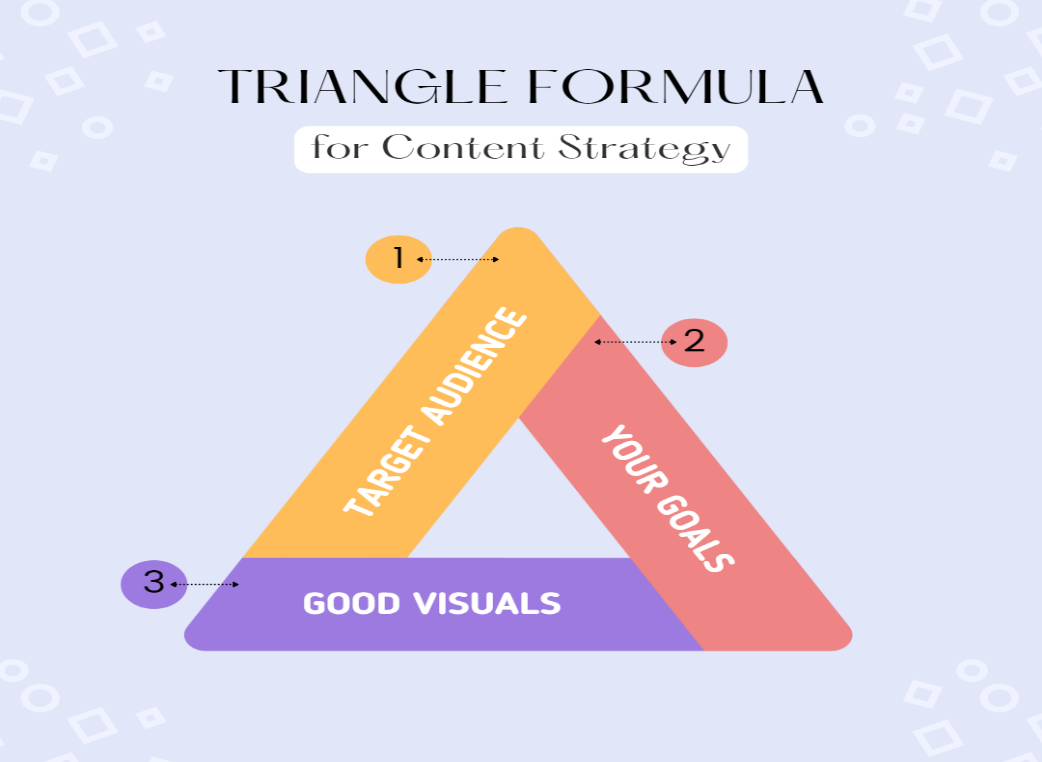
Resolving thin content issues is crucial for digital brands (Source Freepik)
Content is KING, but not all content provides value. Thin content – web pages with little or no unique or valuable content – can become a big problem for digital brands. If you face content issues on your website, you are not alone.
Many digital brands face issues with websites due to thin and duplicated content that can affect their website rankings, brand reputation, and user engagement. Identifying and resolving thin content problems is essential to provide users with high-quality and relevant content and improve your website’s online visibility.
Before we dive into the different ways that can help resolve thin content issues on your website, it is essential to identify what thin content is, and what can be some examples of thin content. Let’s get started!
What Are Thin Content Issues?
Thin content refers to the webpage material that fails to provide value or the right answer to the user. It may include paragraphs and webpages with brief, confusing sentences, copied content, or pages that are highly similar to others on the site.
Thin content can impact a website’s ranking, as when organic searches are conducted on search engines, only sites with the most relevant and valuable content are returned on SERPs. Understandably, users are more likely to leave a webpage if they don’t find what they are looking for.
Understanding what constitutes thin content is crucial for website owners, as it allows them to identify and address any issues and create a better user experience for their audience. Website owners can increase their traffic, engagement, and search engine rankings by producing high-quality, informative content.
Factors that help identify Thin Content
Since we are now familiar with thin content, let’s learn about some typical features to identify them easily.
• Lack Of Depth
Lack of depth is the most significant sign of thin content. If you organize your content around keywords, as many people do, your content must cover every element of that keyword and provide depth to deliver value to the readers.
• Duplicate Content Problem
Your search engine optimization (SEO) strategies can end up on the back burner if you reuse or employ similar content across multiple blog articles or website pages. It can happen if you use the same keyword in many blog posts or try to save time by republishing the same sentences or paragraphs on multiple websites.
• Features Too Many Ads
Your content must be readable and helpful to offer value to customers. When your blogs are overwhelmed with advertisements, pop-ups, calls to action, and “special offers,” you are not giving your readers the critical value they need. Instead, you could end up with exceptionally high bounce rates, or have your content marked as spam.
• Poor Indexing
An essential element of content planning is Indexing and Categorizing. You must assign content categories if each blog or content material has a different niche, author, tag, or category. Numerous sites have dozens and even hundreds of titles, which reduces the value of your blogs in Google’s search algorithm.
It is essential to know that thin content is one of the leading causes of Google’s thin content penalty. This typically occurs when Google finds evidence of a site-wide violation of its quality standards. Due to this penalty, rankings plummet, and organic traffic drastically decreases.
How To Resolve Thin Content Issues On Your Website?
1. Identify Thin Content SEO Issues on Your Website
Conducting a content audit is the first step to fixing a website with content issues. It involves reviewing all the content on your website to identify pages with thin or low-quality content and copied or irrelevant content.
You can use tools like Google Analytics or SEMrush to identify thin content SEO issues on your low-traffic web pages suffering from high bounce or low engagement rates. Here are some ways to identify thin content:
i. Google Search Console
Google Search Console is a free tool to help you identify pages with thin content. Login to your Google Search Console account, navigate to the Coverage report, and filter by “Excluded – Duplicate, submitted URL not selected as canonical, and excluded by ‘noindex'” to see a list of pages with thin content.
ii. Analytics Tools
Tools like Google Analytics can also help you identify pages with thin content. Check the bounce rate, time spent on the page, and conversion rate of each page. Pages with high bounce rates, low time spent on the page, and low conversion rates may have thin content.
iii. Manual Check
You can also manually check each page on your website for thin content. Check for pages with little or no text, duplicated content, too many ads, and keyword stuffing.
2. Remove or Improve Thin Content Pages
When fixing thin content issues on your website, you may come across pages with little or no value to your users. In this case, it may be best to remove these pages altogether. Removing thin content pages can improve your website’s overall user experience and prevent Google from penalizing your website for thin content.
However, if the page has some value or if removing it would not work in your favor, you can improve the content instead. Adding more valuable and relevant content or updating the existing content can turn a thin content page into a valuable resource for your users.
Ultimately, removing or improving thin content pages will depend on your website’s goals and the page’s value to your users.
3. Consolidate Pages
Consolidating pages means merging multiple web pages or URLs into one page. It can be beneficial for several reasons, including simplifying website navigation, reducing duplicate content, and improving overall website SEO.
By consolidating pages, website owners can create a more streamlined user experience for their visitors and ensure clarity that may arise from having multiple pages with similar or overlapping content.
Additionally, consolidating pages can boost search engine rankings by providing a single, authoritative page for a particular topic or keyword rather than diluting SEO efforts across multiple pages. Overall, consolidating pages can be a valuable strategy for optimizing website organization and improving online visibility.
4. Create High-Quality, Relevant Content
Creating high-quality, relevant content that provides value to your audience is essential to improve your website’s search engine rankings. It entails creating informative and engaging content while optimizing for keywords and topics relevant to your industry or niche.

The Triangle Formula for Content Strategy (Source Canva)
The Triangle Formula provides an effective combination of factors that dictate the development of high-quality content. Value-providing content should target a specific audience, reflect your content goals, and provide attractive visuals to keep the readers engaged with your content.
In addition to creating new content, it’s also important to regularly review and address thin SEO content issues found in pages or content that offers little value and is considered low-quality by search engines.
By removing thin content and focusing on creating high-quality content, you can improve your website’s overall SEO, boost your search engine rankings, and attract more organic traffic to your site.
High-quality content can help establish your brand as an authority in your industry and build trust with your audience, increasing engagement and conversions over time.
5. Focus on User Experience
Resolving thin content is crucial for improving your website’s SEO strategies. Focusing on providing a positive user experience (UX) for your visitors is also important. It means creating content that is not only high-quality and relevant but also engaging and easy to navigate.
Prioritizing user experience (UX) can enhance your website engagement and conversion rates while ensuring stronger relationships with your readers. Businesses can focus on site speed, mobile responsiveness, straightforward navigation, and user-friendly design to enhance UX and resolve thin content problems.
By prioritizing both UX and content quality, businesses can create a compelling and enjoyable website for their visitors, leading to long-term success and growth.
6. Optimize Content for Search Engines
Optimizing your content for search engines is crucial to improving your website’s SEO and resolving the thin content problem. It means focusing on creating content that is not only high-quality and relevant to your audience but also includes targeted keywords and meta-data that help search engines understand the content and context of your website.
Optimizing your content can improve your website’s visibility and search engine rankings, driving more organic traffic. Additionally, regularly reviewing and updating your content can help ensure it remains relevant and up-to-date, which is another critical factor in removing thin content from your web pages.
Businesses can conduct keyword research, including meta titles and descriptions, use header tags, and focus on creating comprehensive and informative content that answers common questions and addresses the needs of their target audience. This will optimize content for search engines and mitigate the chances of thin content.
Key Takeaways
Thin content is a common issue that can negatively affect your website’s ranking on SERPs, resulting in a Google thin content penalty. Identifying and addressing thin content issues is crucial to creating high-quality, relevant content focusing on user experience, and optimizing content for search engines.
From optimizing your YouTube channel’s content to revamping your outdated blogs, resolving thin content issues can go a long way in maintaining your online visibility!